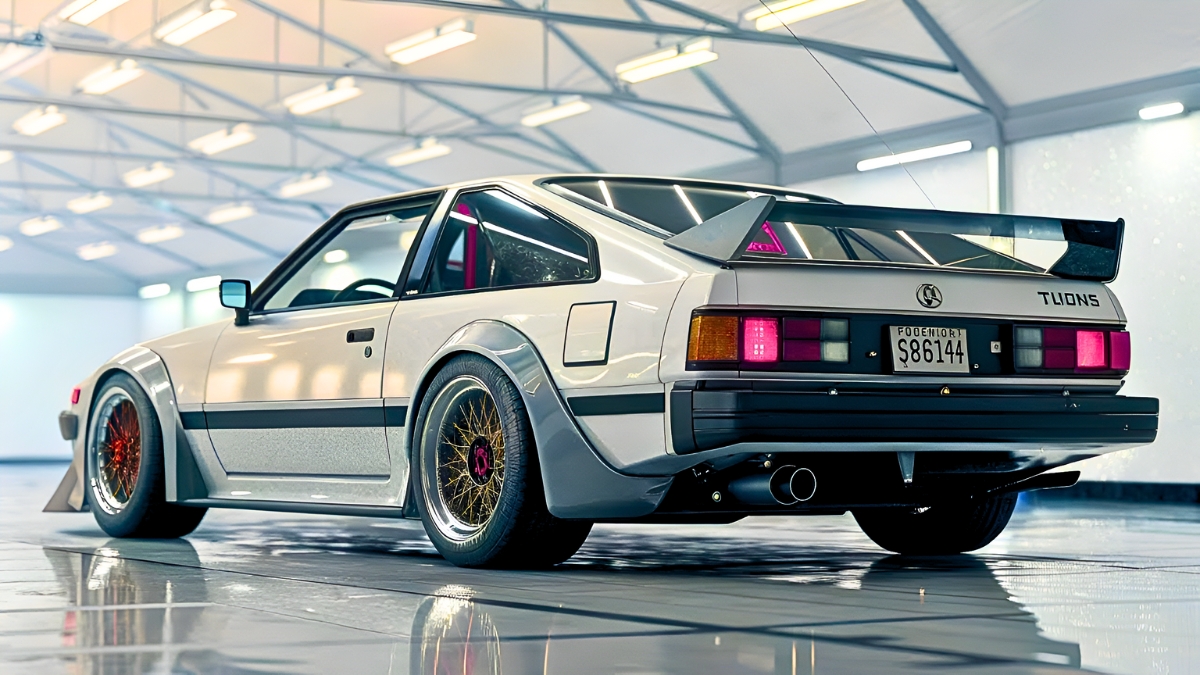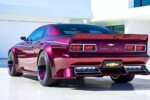If you’ve ever wondered how Toyota laid the foundation for one of the most iconic Japanese sports cars, the 1979 Toyota Celica Supra is where it all began. This classic car wasn’t just a stylish coupe; it marked the birth of the Supra lineage, which would go on to define Japanese performance for decades.
Let’s explore its history, design, engine, performance, and why car enthusiasts still celebrate it today.
What Exactly Is the 1979 Toyota Celica Supra?
The 1979 Toyota Celica Supra was Toyota’s first step toward creating a true sports coupe with serious performance. Initially, it was marketed as a variant of the popular Celica but with a longer wheelbase, more powerful engine options, and luxury features that set it apart.
It bridged the gap between a regular family coupe and a high-performance sports car. By adding a wider track, reinforced suspension, and upgraded engine options, Toyota created a vehicle that appealed to drivers who wanted both style and substance.
What Is the History Behind the 1979 Toyota Celica Supra?
The Supra started as part of the Celica lineup in the late 1970s. Introduced in 1978 for the Japanese market and 1979 in the US, it was Toyota’s answer to growing demand for sporty coupes with premium features.
It was the first generation (internally called the A40/A50 series), produced until 1981. Its design combined the sleek Celica look with a longer hood, more luxurious interior, and upgraded mechanicals. This car essentially laid the groundwork for the independent Supra model that appeared in the 1980s.
What’s the Design Like – Classic and Functional
The 1979 Celica Supra looked elegant yet aggressive for its time. It featured a long, sloping hood, sharp front grille, and slightly flared fenders. The cabin offered more legroom than the standard Celica, along with improved seating and materials.
Even by modern standards, it has a timeless aesthetic. Its fastback-style rear and wide stance made it look sporty, while the luxury touches inside gave it a premium feel. Toyota struck a balance between style and usability you could drive it daily or take it to weekend car shows.
How the 1979 Toyota Celica Supra Performs – Explained Simply
Under the hood, the 1979 Celica Supra was equipped with inline-six engines, which were rare in compact coupes at the time. The base engine was a 2.0L inline-six producing around 110 horsepower, while the upgraded 2.6L engine could push approximately 140 horsepower.
It had rear-wheel drive, a 5-speed manual transmission, and optional automatic. The car’s longer wheelbase and improved suspension gave it better stability compared to the regular Celica, making it surprisingly nimble for its size. It could cruise comfortably on highways or corner with surprising precision for a late-70s coupe.
1979 Toyota Celica Supra Specifications – Key Details
| Specification | Details |
|---|---|
| Engine Options | 2.0L I6 (110 hp), 2.6L I6 (140 hp) |
| Transmission | 5-speed manual or 3-speed automatic |
| Drivetrain | Rear-wheel drive |
| Wheelbase | 97.2 inches (2.47 m) |
| Curb Weight | Approx. 2,800 lbs (1,270 kg) |
| 0-60 mph | ~9.0 seconds (2.6L engine) |
| Top Speed | ~120 mph (193 km/h) |
These specs may seem modest by today’s standards, but for the late 1970s, this car combined power, handling, and style in a unique package.
Why the 1979 Toyota Celica Supra Matters Today
The first-generation Supra wasn’t just a car; it was a statement. It showed that Toyota could compete with European and domestic sports coupes while keeping reliability intact.
Collectors and enthusiasts value it for its historical significance, classic styling, and smooth inline-six engines. Owning one today is about appreciating a car that started the Supra legacy long before turbochargers and high horsepower numbers became the norm.
Common Mistakes With Collecting a 1979 Toyota Celica Supra and How to Avoid Them
One common mistake is assuming all original parts are easy to find. Because it’s a first-generation Supra, some components, especially interior trims and engine parts, can be rare.
Another is underestimating maintenance needs. While these cars are reliable, age means rubber components, seals, and electronics may require careful inspection or replacement. If you’re buying one, look for a car with documented service history to avoid surprises.
Best Tips for Maintaining a Classic 1979 Toyota Celica Supra
To enjoy this classic for years, regular maintenance is key. Keep the engine tuned, replace worn suspension components, and ensure the braking system is fully functional. Joining a Supra or classic Toyota owners’ club can also help you find parts, advice, and like-minded enthusiasts.
Restoration doesn’t always mean perfection; even cars with minor patina are highly valued for authenticity.
Conclusion
The 1979 Toyota Celica Supra is more than just a vintage car; it’s a piece of automotive history. It combined style, performance, and comfort in a package that was ahead of its time. For collectors and enthusiasts, it represents the start of a legend that continues with modern Supras.
Whether you appreciate it for its engineering, its design, or its legacy, the first-generation Supra remains a must-know classic for any car enthusiast.
FAQs – Quick Answers About the 1979 Toyota Celica Supra
1. When was the 1979 Toyota Celica Supra introduced?
It was introduced in Japan in 1978 and in the US in 1979.
2. What engine options did it have?
It came with a 2.0L inline-six (110 hp) or a 2.6L inline-six (140 hp).
3. Why is the 1979 Supra considered important?
It marked the beginning of the Supra lineage, bridging Toyota’s Celica with a full-fledged sports coupe.
4. How fast could the 1979 Celica Supra go?
The 2.6L version could reach around 120 mph and accelerate 0–60 mph in approximately 9 seconds.
5. Can I still find parts for a first-generation Supra?
Yes, but some parts are rare; enthusiasts often rely on specialty suppliers, clubs, and online communities.



